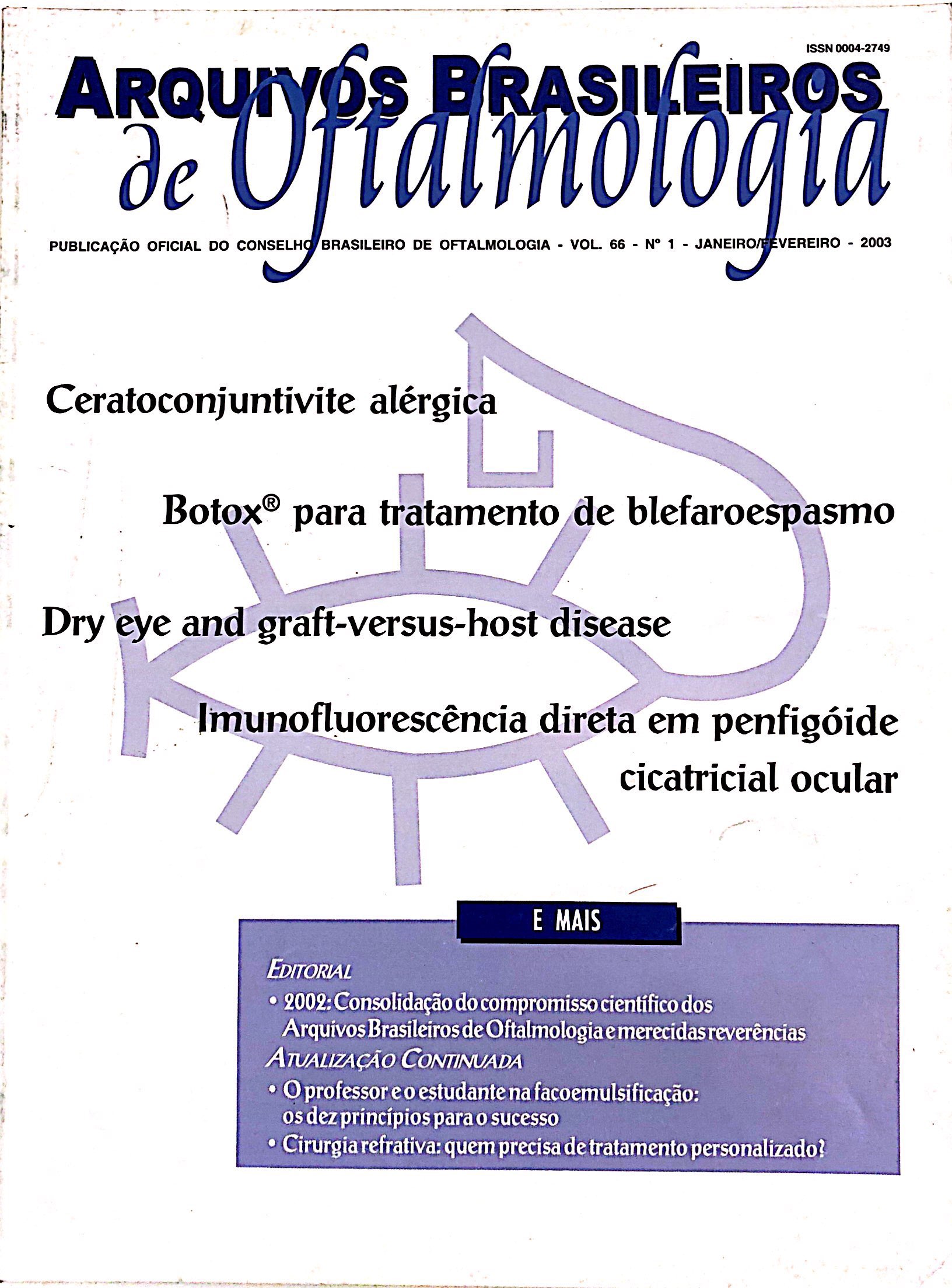Patients that make use of chloroquine or hydroxychloroquine, drugs which are frequently administered for treatment of rheumatoid arthritis, lupus erithromatosus or malaria, may suffer alterations in color vision and in contrast sensitivity. The present work evaluates the visual function of these patients in a joint study of the University of São Paulo (USP), in São Paulo, and of the Federal University of Pará (UFPA), in Belém. Thirty two chloroquine user patients without alterations in the eye fundus exam were evaluated in São Paulo (n=10; aged 38 to 71 years; mean=55,8 years) and in Belém (n=22; aged 20 to 67; mean=40 years). The prescribed accumulated chloroquine dose was 45 to 430 g (mean=213 g; sd = 152 g) for the São Paulo group, and 36 to 540 g (mean=174 g; sd=183 g) for the Belém group. Tests were performed monocularly with corrected eye refractive state. Color discrimination was evaluated using the Cambridge Colour Test (CCT): the color discrimination threshold was measured first in the protan, deutan and tritan axes and, in succession, three MacAdam's ellipses were determined. The patient's color vision was also evaluated with color arrangement tests: the Farnsworth-Munsell 100 Hue (FM100), the Farnsworth-Munsell D15, and the Lanthony Desaturated (D15d) tests. We also measured the contrast sensitivity for black-and-white sine wave grating of twenty two patients. The results were compared with controls without ophthalmologic or neuro-ophthalmologic pathologies. Twenty four patients presented acquired dyschromatopsia. There were cases of selective loss (11 patients) and of diffuse loss (13 patients). Although losses were present in the FM100 there was no correlation between the FM100 error score and the ellipse area measured by the CCT. Moreover, three patients that scored normal in the FM100, failed to reach normal threshold in the CCT. The Lanthony test was less sensitive than the other two tests, since it failed to indicate loss in about half the patients, and the D15 was the least sensitive test, having failed to indicate loss in 9 out of 10 patients. Contrast sensitivity was within normal values for patients submitted to this test. The extent of losses in color discrimination was positively correlated with the accumulated dose. The CCT is recommended for follow up since it provides quantitative data that can be directly interpreted in CIE (Commission Internationalle d'Éclairage) color space.
Keywords: Chloroquine; Retinopathy; Color vision; Contrast sensitivity; Neurotoxicology; Neurobehavioral test battery; Dyschromatopsia
